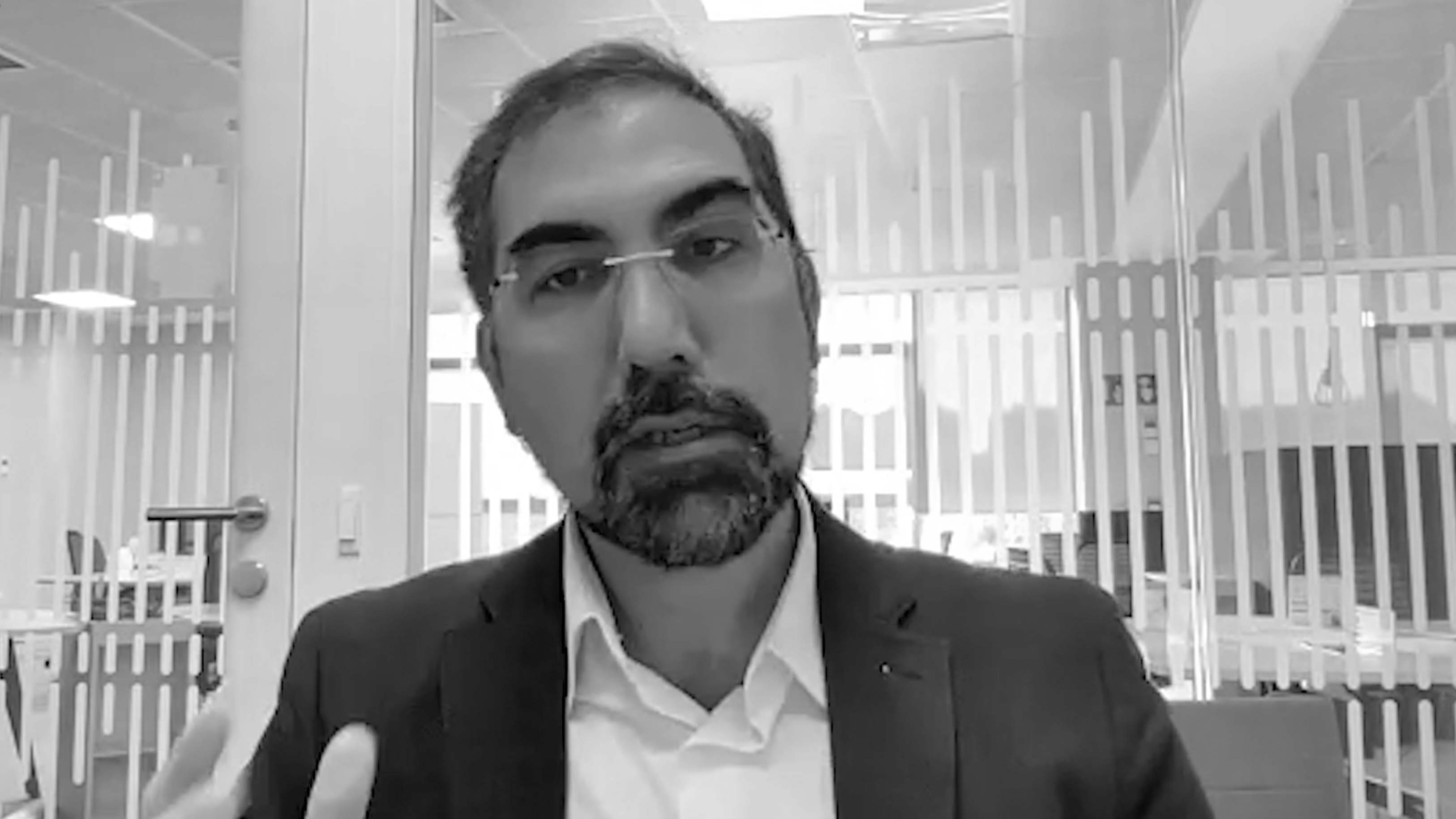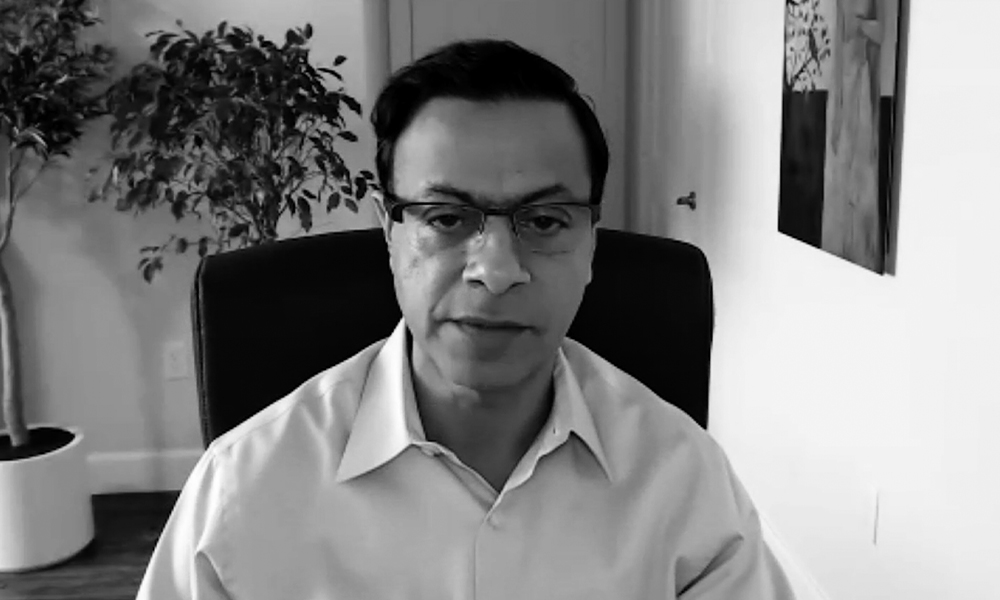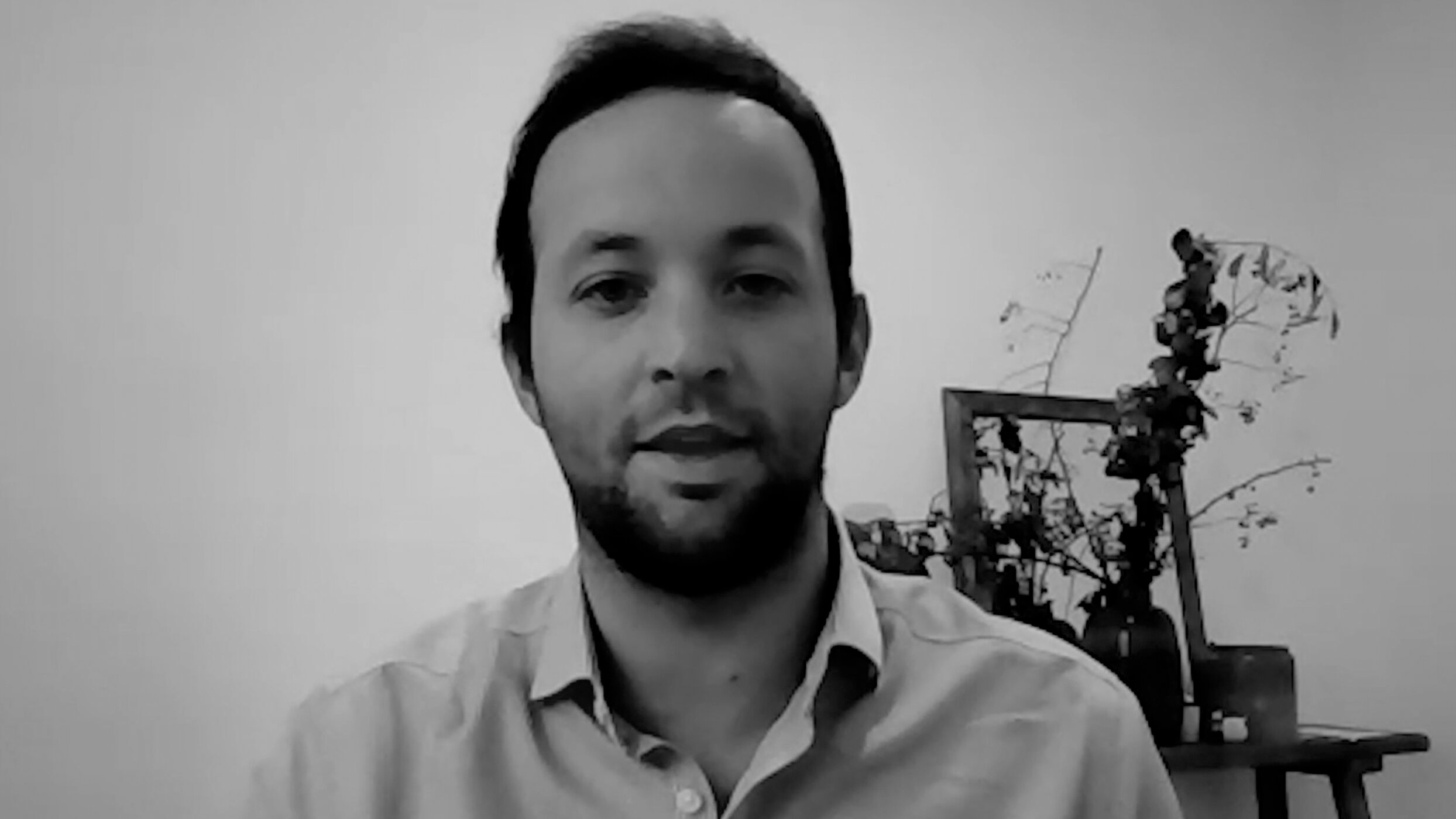
Change management, according to the Harvard Business Review, is a complex journey that, two out of three times, ends in failure.
It has been researched, analyzed and unpacked. New methods and insights have been injected into old processes and approaches. And yet, as the saying goes, ‘the more things change, the more they stay the same.’ This is because change management is challenging. It’s more than the sum of its parts, and because change touches so many parts of the organization, orchestrating it must blend the soft, the hard, and the unexpected.
On the soft side, change management digs into leadership, culture, people and engagement. These corners of the business must be shaved smooth to ensure change is coherent and consistent. However, there are the harder sides to this process that must be equally considered – metrics, measurables, teams and deadlines. These two sides of the change management coin must be carefully managed to ensure that the end result is less a chaotic banging of drums and more a perfect symphony.
The flow of change
To start with, every company should focus on change elements and intentions, ideally through a workstream dedicated to change management. There should also be a focus on change elements within each project team, to ensure cohesion throughout the project. This doesn’t have to exclusively be dedicated to organizational change at scale. Instead it should be a considered part of every project and approach to ensure that every investment, tweak, policy change and technology adaptation is understood by everyone, and used optimally.
This defines change management on the general level, where it becomes an elementary component of every transformation across organization, process and tooling, and where its focus is on supporting stakeholders and groups. It smooths the way for those who are most affected by the change and minimizes resistance so there is a psychological acceptance of the transformation from the outset.
There should be consistent communication and training, alongside regular bilateral exchanges with affected stakeholders, to address and overcome any misconceptions or problems from the early stages of the project.
To successfully address this layer of change management, there should be consistent communication and training, alongside regular bilateral exchanges with affected stakeholders, to address and overcome any misconceptions or problems from the early stages of the project.
The remote conversation: a challenging new landscape
Of course, one of the biggest changes to hit the business over the past two years has been the radical reinvention of working. Today, thanks to the pandemic, digital transformation and the shifting demands and expectations of employees and customers, remote and hybrid working have become the norm. This has affected change management on two levels – the fact that change management itself has had to adapt to new ways of engagement and integration, and ensuring that radical operational change is understood by every person within the organization itself.
In the past, change management was reliant on being present, in having personal exchanges with people and ensuring that physical reminders and memos and announcements were publicly displayed throughout the office building. Now, there has been an influx of new methodologies and tools that have emerged to meet the needs of change management professionals and expectations. It has become as exciting for the professional as for the company that they support.
However, there are challenges to remote change management. The first, and perhaps the one challenge that is consistent across many different aspects of the business, is limited personal engagement. It’s difficult to get moods and feedback on change topics that were previously discussed in the kitchen, over coffee or in a casual desk visit. This process must now be managed through active collection for example within change agent communities that are organized remotely and are committed to ensure the messaging gets across effectively.
Another challenge is the loss of some formats that were originally used to deliver relevant information such as posters in the office, live workshops and live training formats. These can be replaced with fresh approaches and methodologies, many of which are still adapting to the new normal. Many, in fact, are hampered by the limitations of virtual meetings and notice boards as more and more people are burned out by longer meetings, a lack of connection, and the burden of remote working.
Finally, people have difficulty with implied understanding as they can’t fully capture facial expressions and gestures, and premature resistance due to limited exchanges and discussions. These factors can lead to transformation inertia, which can stop effective change management in its tracks.
An opportunity for innovative connections
These challenges may seem insurmountable or intensely complex, but they are balanced against immense opportunities within the remote working environment: opportunities that, if handled correctly, can transform change management and how people positively engage with the organization.
One of the key benefits of remote change is that leaders and teams now have access to new and innovative formats for communication and training that are more flexible, agile and adaptable. This makes them easier to manage and adjust.
One of the key benefits of remote change is that leaders and teams now have access to new and innovative formats for communication and training that are more flexible, agile and adaptable. This makes them easier to manage and adjust, fitting into tight schedules and variable working environments. It’s important to remember that people want to be informed, they want to know what’s happening. If they feel excluded or out of the proverbial loop, then they are less likely to want to engage in the change.
Digital tools allow for incredible reach across all employees in multiple locations, giving them insights and information that have a depth and accessibility unheard of in the past and that can potentially reach all employees in spite of different preferences across communication and collaboration.
Events, change seminars, notes – everything can be conducted remotely. It also allows for asynchronous information transfer so people can slot their engagement into their own time. This goes a long way towards making people feel included on their terms.
Another benefit of digital transformation in this space is that it saves time and money. Events, change seminars, notes – everything can be conducted remotely. It also allows for asynchronous information transfer so people can slot their engagement into their own time. This goes a long way towards easing people into a situation on their terms and making them feel included.
Creating the change conversation of the future
Change management comes in many flavors. It is adaptable. It can scale. And it can be customized to suit the expectations that are unique to every organization. However, to fully realize its potential and its functionality, it is best enjoyed in a hybrid environment that taps into the best of both worlds – digital and physical. It allows for companies to tap into their culture to create change management strategies that reach people effectively, and that allow for change to filter seamlessly throughout every silo, department, team and stakeholder.



















